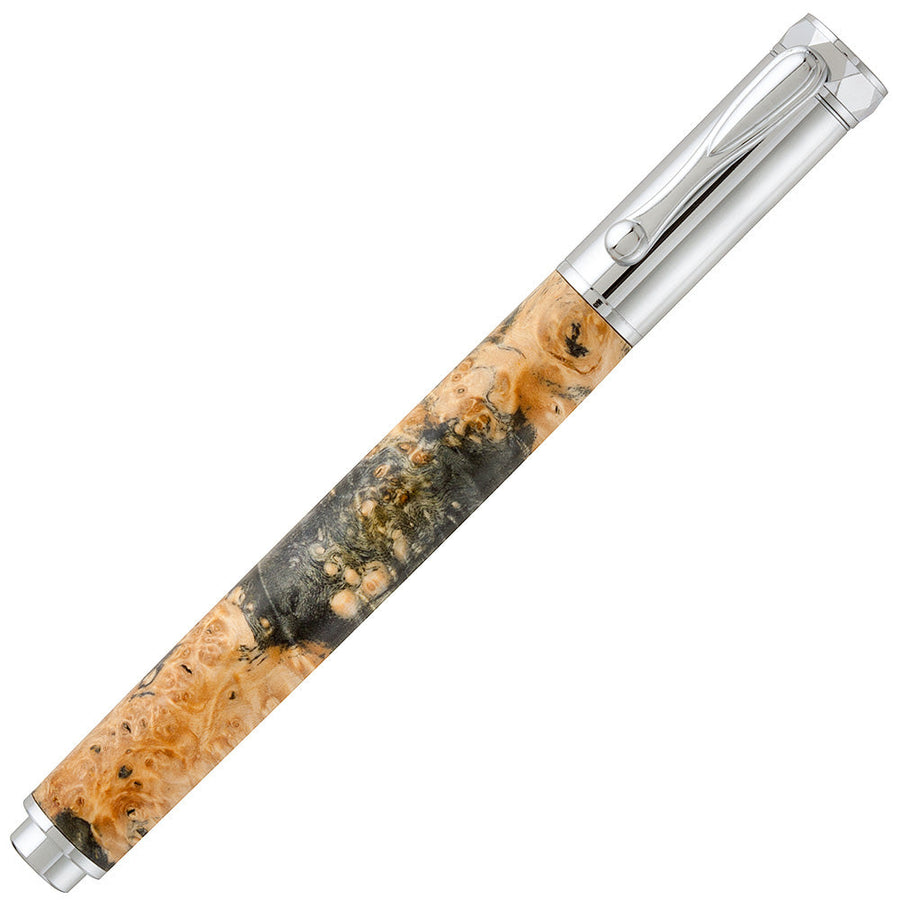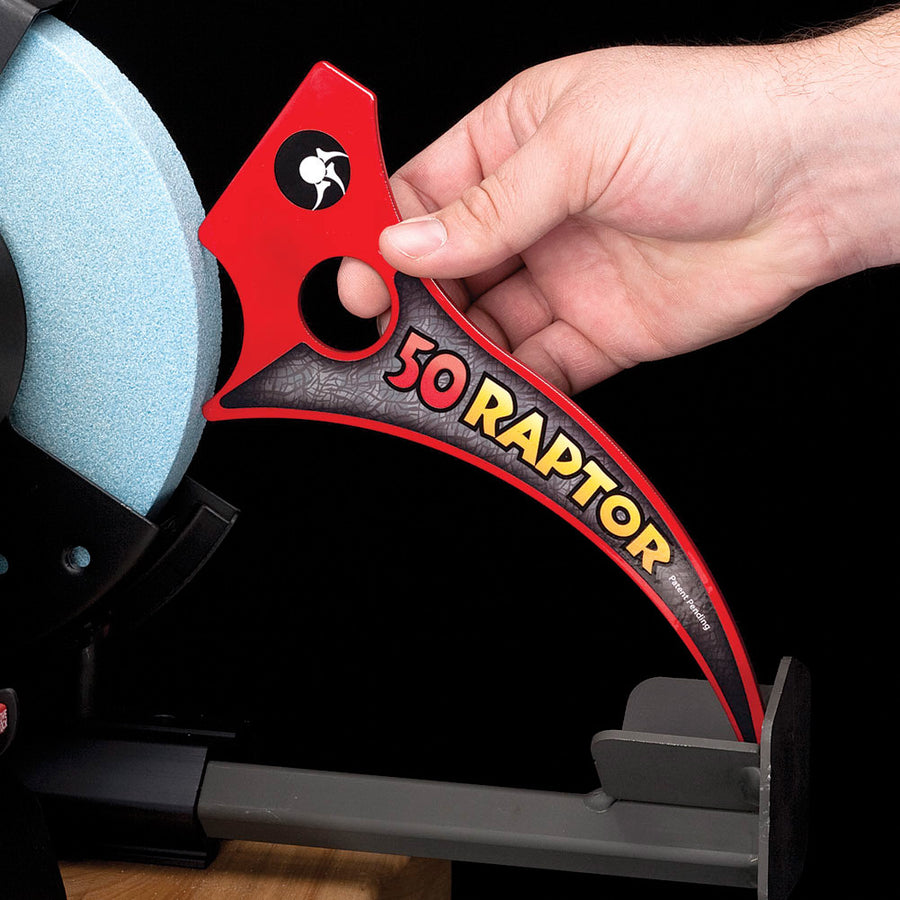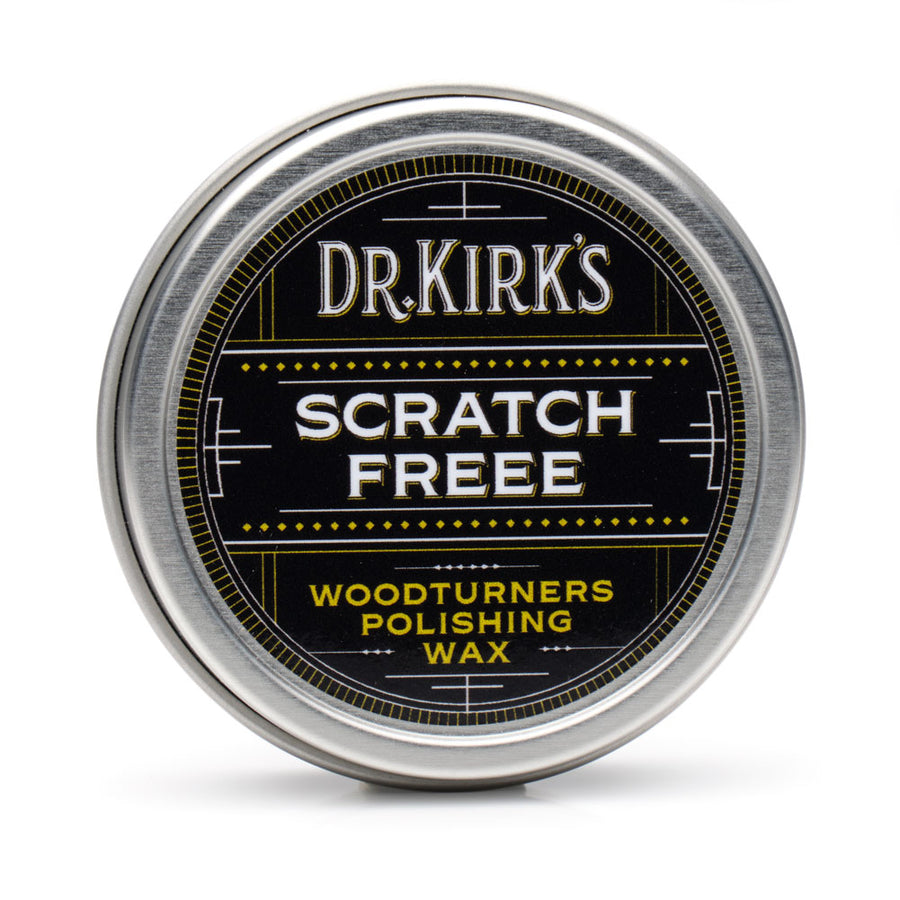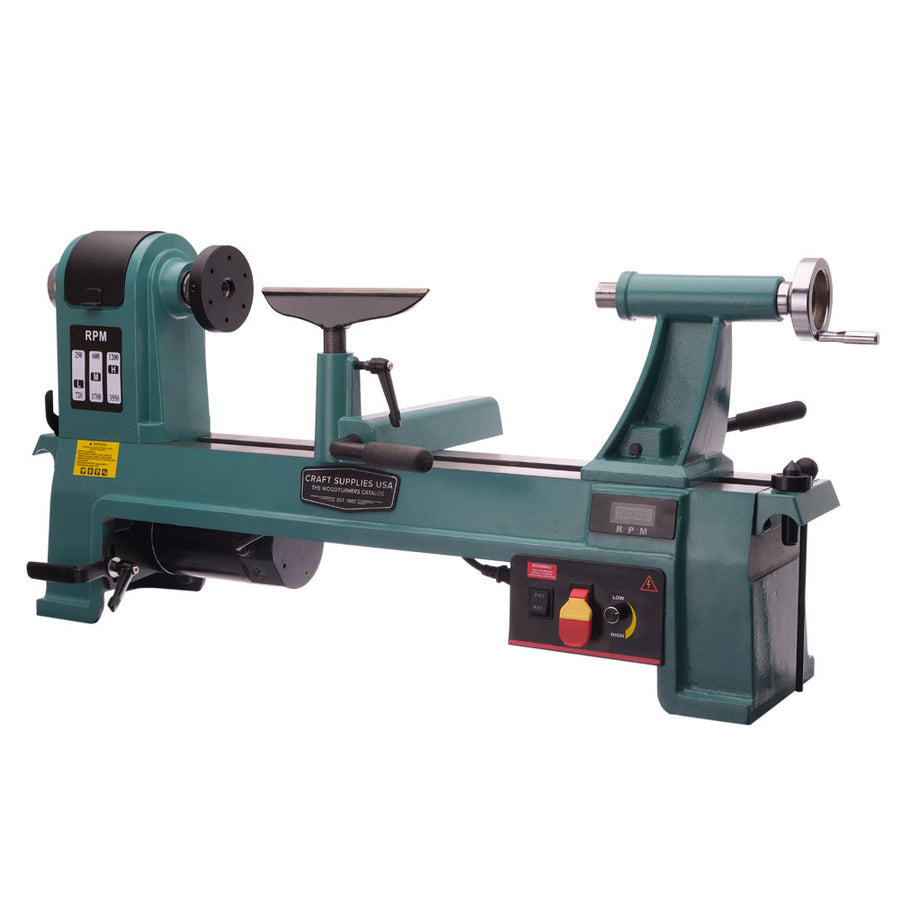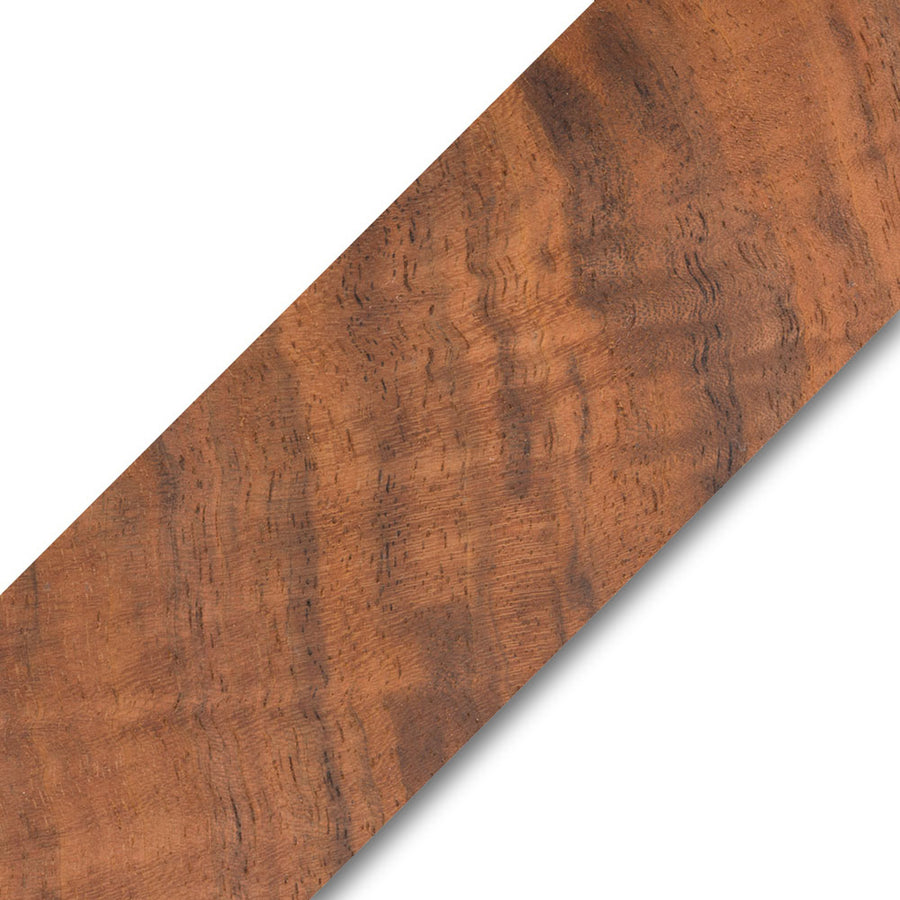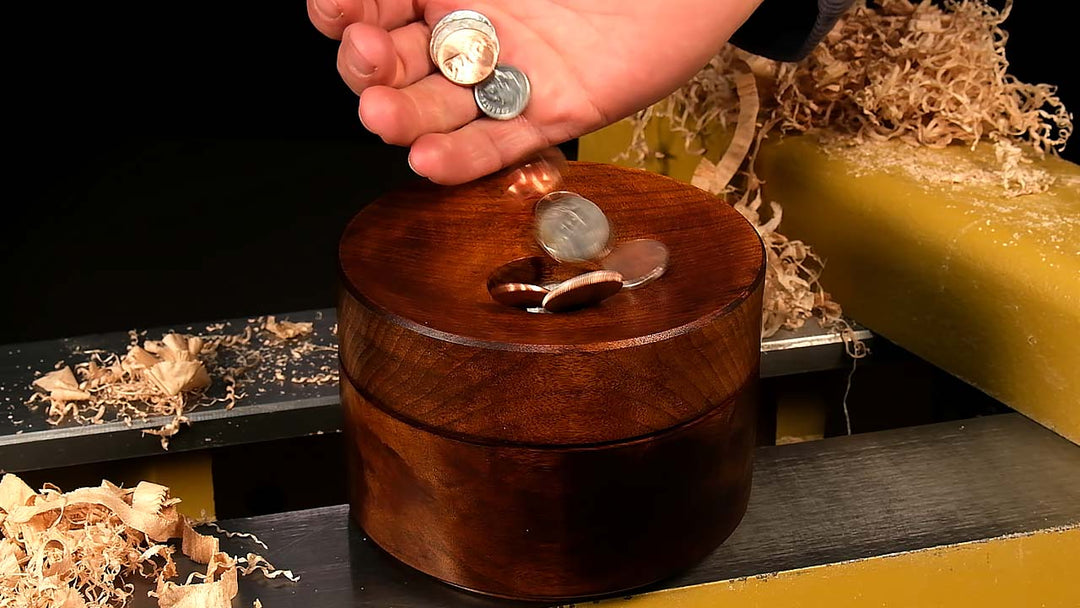Determining Safe Lathe Speeds
Woodturning is a fun and rewarding hobby, but when dealing with spinning wood at high speeds it’s essential to prioritize safety. One of the most common questions woodturners ask is, “How fast should my lathe be running?” There’s no single magic number, and as Mike explains in the video, several crucial factors come into play. Let’s break down the key takeaways for safe lathe speeds.
Before You Even Think About Speed
Safety starts before you even turn on the lathe. Here’s a pre-flight checklist:
-
Sound Wood is Key: Inspect your wood blank carefully. Cracks, inclusions, loose bark, and knots are red flags. If you have any doubts about the wood’s integrity, err on the side of caution. A beautiful piece of wood isn’t worth a trip to the emergency room. This is especially true for glued-up pieces, where extra caution and slower speeds are vital.
-
Stable Lathe: A wobbly lathe is a recipe for disaster. Ensure your lathe is stable. If it’s not heavy enough for the workpiece, weigh the lathe down or bolt it to the floor. A stable lathe is a safe lathe.
-
Secure the Workpiece: Don’t skimp on securing your workpiece. Using a small drive center on a large bowl blank is asking for trouble. Use appropriate mounting methods like screw centers or faceplates for larger projects. When using a chuck, always use the appropriate size jaws. Don’t try to max out a smaller set of jaws to grip a tenon on a large piece, switch to a larger set of jaws.
-
The Tailstock is Your Best Friend: Whenever possible, engage the tailstock. It provides crucial support and stability, acting as a vital safety net. Even for experienced turners, the tailstock is your best insurance against workpieces coming loose.
-
Reverse Chucking and Vacuum Chucking: When using reverse chucking or vacuum chucking, remember to significantly reduce your speed and take very light cuts. These methods present unique challenges, and slower speeds are essential for control. These kinds of chucks and jaws aren’t meant for bulk material removal, just very light cuts and sanding.
- Stand Aside for Startup: Always stand to the side when you’re bringing a piece up to speed. This simple precaution keeps you out of the line of fire should anything come loose.
The Speed Formula (for 3" to 24" diameter pieces)
We use a handy formula for determining safe starting speeds and maximum speeds for pieces between 3 to 24 inches in diameter:
-
Safe Starting Speed: 6,000 ÷ Workpiece Diameter (in inches). For example, a 12-inch blank: 6,000 ÷ 12 = 500 RPM. 500 RPM is also the minimum efficient speed.
- Safe Maximum Speed: 9,000 ÷ Workpiece Diameter (in inches). For our 12-inch blank: 9,000 ÷ 12 = 750 RPM.
Pens and Spindle Work (Under 2")
For smaller projects like pens and spindle work (under 2 inches), speeds up to 3,500 RPM are generally considered safe. However, always prioritize your comfort level. If you’re not comfortable at that speed, go slower.
Practical Tips
-
Lowest Speed Pulley First: After calculating your speeds, adjust your lathe’s belt to the lowest speed pulley that falls within your calculated range. This provides the most torque, preventing your motor from bogging down during heavier cuts.
- Common Sense Prevails: The formula is a guideline, not a rigid rule. Always use your common sense. Start slow and gradually increase speed. If anything feels unsafe, it probably is. Stop immediately and reassess.
Remember: Safety is paramount in woodturning. Start slow, be mindful of your setup, and always prioritize your well-being. By following these guidelines and using common sense, you can safely enjoy woodturning!
